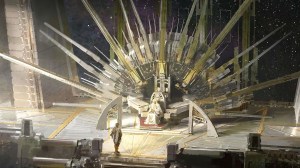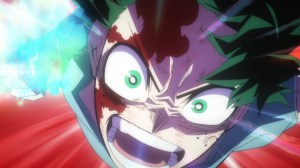When Disney announced their acquisition of 20th Century Fox in 2019, Marvel fans knew it was only a matter of time before the X-Men joined the Marvel Cinematic Universe. It’s been five years of a slow rollout, with projects like X-Men ’97 and Deadpool & Wolverine showing just how rabid fans are for Marvel’s merry mutants. Kevin Feige has said that the next few Marvel projects will start to incorporate mutants more, hyping fans up even more.
Videos by ComicBook.com
The X-Men can be quite a complicated beast (no pun). The mutant corner of the Marvel Universe is its own little fiefdom, one that is completely different in a lot of ways from the mainline Marvel Universe. For MCU fans who want to understand the X-Men side of things, see where the movies could be going, and get more context for events from Marvel Studios projects like X-Men ’97 and Deadpool & Wolverine, there are some stories that must be read. The 10 X-Men stories listed below are perfect for the MCU fans who want an X-Men primer, readying them for the eventual MCU debut of Charles Xavier’s finest students.
10. The Age of Apocalypse
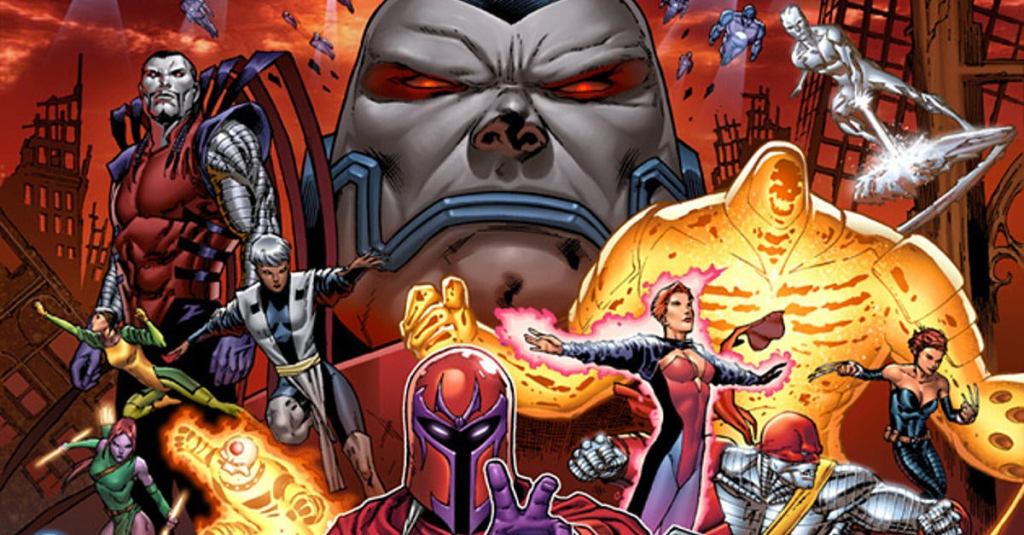
Deadpool & Wolverine showed several Wolverine variants, including one with one hand. This is Weapon X, the Wolverine from The Age of Apocalypse, a story that is widely considered the greatest alternate reality story in comic history. The premise is simple – Legion, wanting to make Professor X’s life better and spend more time with his father, goes back in time to kill Magneto, but accidentally kills Xavier. Without Xavier to create the X-Men, Apocalypse decides to use mutants to attack the world, conquering the Americas and starting a war with humanity. Magneto decides to form his own team of X-Men to battle Apocalypse, fighting a desperate war against the ancient mutant and his overwhelming power.
The Age of Apocalypse spans two bookend issues and ten miniseries. Not all of them are amazing, but they serve as the most complete look at an alternate universe that Marvel had created up until the first Ultimate Universe premiered in the 2000s. Marvel has printed the entire saga in several omnibuses, making them easy to find, and MCU fans should give them a chance. The MCU loves multiversal stories and they’ll definitely use The Age of Apocalypse at some point. It would behoove fans to be familiar with it, plus it’s a mostly killer story, making reading it a win-win.
9. The Brood Saga
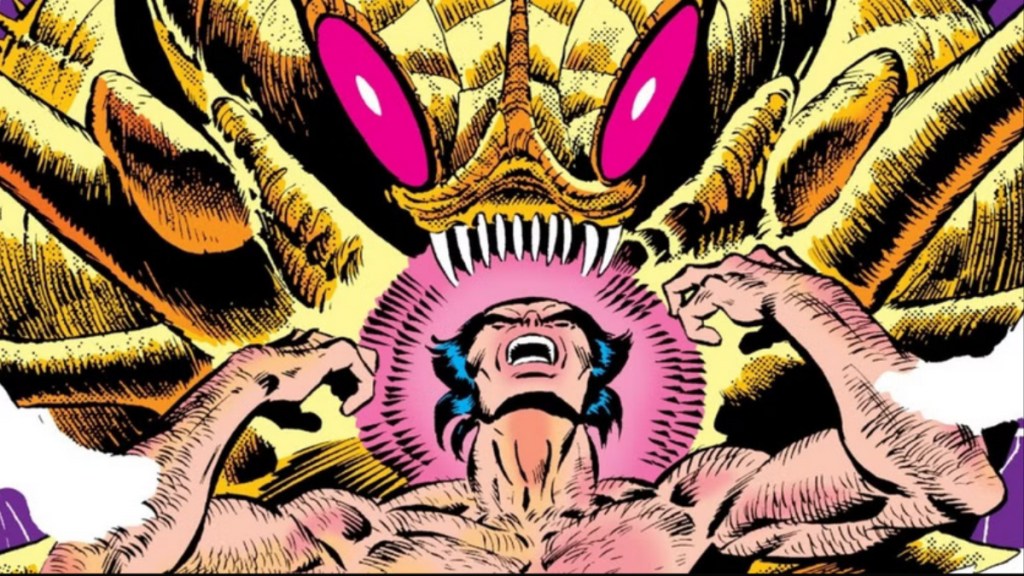
Writer Chris Claremont is the X-Men’s greatest architect. Claremont took the concept of the team and revolutionized it, mixing superhero action with sci-fi, horror, social commentary, and soap opera dynamics that made the members of the team into three-dimensional characters. This list is going to include a lot of Claremont – the man wrote X-Men comics for over twenty years in three different runs as well as several more years writing alternate universe X-Men stories – and the best place to start is with The Brood Saga, from Claremont, Dave Cockrum, and Paul Smith.
The Brood Saga is a sci-fi horror with the X-Men in it. It introduces the Brood, a race of aliens who share a lot in common with the Xenomorphs of Alien fame, and documents the first of many battles the X-Men fought against them. It incorporates the Shi’Ar Empire, which fans of X-Men ’97 are definitely familiar with, and tests the X-Men in entirely new ways. It also proves how well the X-Men work in horror stories, something that the MCU could explore, especially with the fact that Marvel Studios is more liable to go R-rated nowadays.
8. E Is for Extinction

Writer Grant Morrison is one of the comic industry’s greatest scribes. While they’re mostly known for their DC work, Morrison did work at Marvel from 2000 to 2004, and had a forty-issue stint writing the X-Men in New X-Men. Their first story, with artist Frank Quitely, is called E Is For Extinction and it serves as a soft reboot for the X-Men after the chaos of the ’90s. It introduces Deadpool & Wolverine villain Cassandra Nova and shows off her war against her twin brother Professor X, one that costs the lives of sixteen million mutants when her Mega-Sentinels destroy the mutant nation of Genosha.
This story was partly the inspiration for X-Men ’97 but is completely different from that show. It sets up a new team of X-Men – Cyclops, Jean Grey, Beast, Wolverine, Professor X, and former villain Emma Frost – and kicks off a new status quo for the team, one that sees them act more as teachers and mutant rescue workers than superheroes. However, the book has its fair share of action and its epilogue issue sets up the first phase of Morrison’s saga. It’s definitely a different type of X-Men story than MCU fans are used to, but Morrison’s wild creativity is on display and sucks readers in. While Quitely’s art is definitely an acquired taste, it works perfectly for this revolutionary story.
7. Riot at Xavier’s
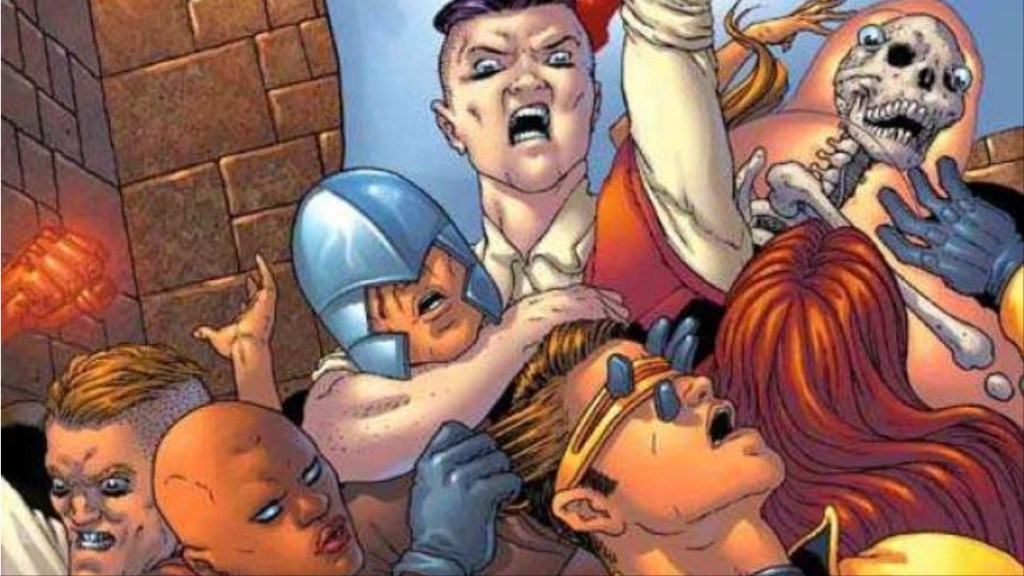
The Xavier Institute is an important part of the X-Men mythos and the MCU needs to include it. Morrison’s run focuses a lot on the school, and that comes to a head in Riot at Xavier’s, a story that shows that sometimes the reality of anti-mutant bigotry flies in the face of Xavier’s idealistic dream. The story, from Morrison, Quitely, and Keron Grant, introduces readers to Quentin Quire, a mega-powerful telepath who finds out he’s adopted. This shatters his worldview and sees him start to rail against the ideals of the Xavier Institute, forming the Omega Gang, and deciding to start a riot on the day of the school’s open house.
Riot at Xavier’s is unique in the pantheon of the X-Men. It’s rare that an X-Men book so directly questions Xavier’s dream. The themes of youthful rebellion are a lot of fun and it’s nice for MCU fans to get a different view of the school and its students. Riot at Xavier’s shows off what can be done with the X-Men, and it’s an important story in the team’s history.
6. God Loves, Man Kills

God Loves, Man Kills is one of the greatest distillations of all the X-Men’s themes. Claremont went hard in this story, working with artist Brent Anderson, telling the story of the X-Men’s battle against Reverend Stryker and his Purifiers, a group of religious nutjobs who hate mutants. After the murder of two mutant children, the X-Men and Magneto team up to fight the Purifiers and their toxic beliefs, leading to a confrontation that was extremely controversial when the book was published and is as important today as it was then.
God Loves, Man Kills revolves around a villain who perverts religion to fuel bigotry. This is exactly the kind of story that the X-Men should be telling. It’s one of the greatest pieces of social commentary in the history of the superhero comic medium. MCU fans have rarely seen superhero stories like this, which is why they need to experience this powerful yarn. The MCU can often be empty calories, for lack of a better term, and this story is anything but.
Related: 5 X-Men Characters That Were Ruined by the Movies
5. Mutant Genesis
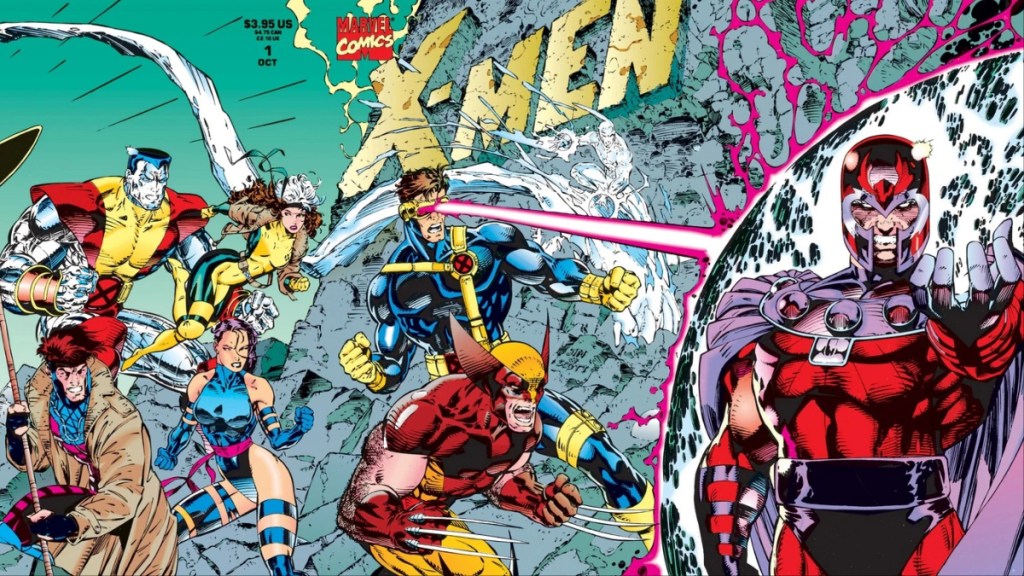
The X-Men’s relationship with Magneto is one of the best protagonist/antagonist relationships in the comic industry. Pretty much anyone who is a fan of superheroes, whether they be movies only or comic readers, knows about it and there are some excellent stories revolving around them. However, the best of these, the one that illustrates the rivalry the best comes from X-Men (Vol. 2) #1-3, from Claremont and Jim Lee, which is collected as Mutant Genesis.
The story sees a group of mutants chased to Magneto’s doorsteps by S.H.I.E.L.D.. The Master of Magnetism saves them and decides that humans need a lesson again about their dealings with mutants. The story introduces the Acolytes, the X-Men’s Blue and Gold teams, and outlines the main plot beats of the war between the X-Men and Magneto. It’s epic in every sense of the word, with Claremont and Lee hitting the next level. This story could easily be used as inspiration for the first MCU movie, which makes it a must-read for MCU fans.
4. Fatal Attractions
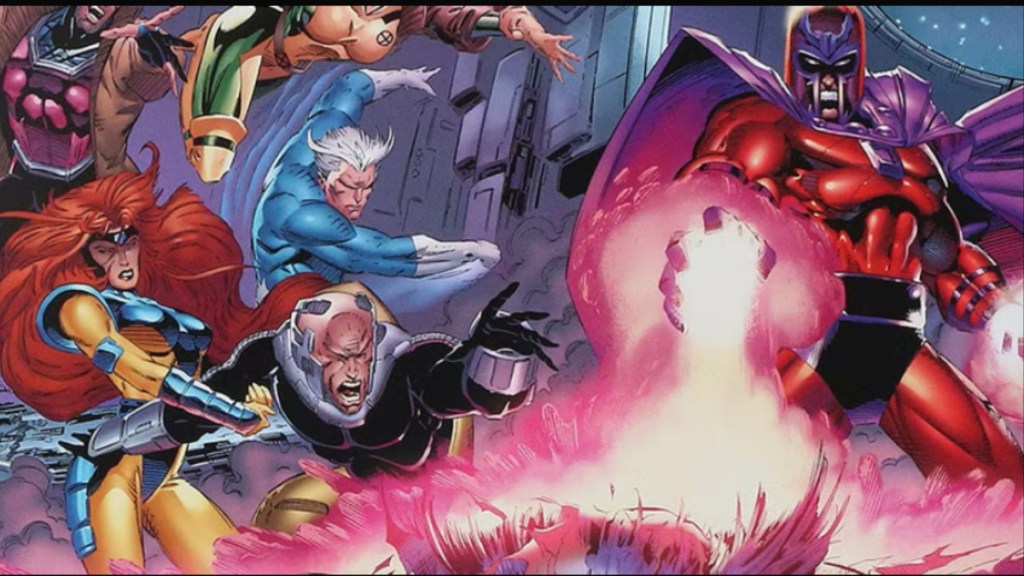
X-Men ’97 adapted Fatal Attractions to end its first season, so it’s at least somewhat familiar to MCU fans. The comic is somewhat different, and is one of the better X-Men stories of the post-Claremont 1990s. Magneto decides that he’s going to destroy human civilization and begins to call certain mutants to his new space station Avalon, sending his servant Exodus and the Acolytes to the Earth. This leads to battles with the various X-teams, and Magneto makes his move, detonating a planet-crippling EMP, just like in X-Men ’97. This spurs the X-Men to go and end Magneto’s threat, leading to a battle that almost costs them Wolverine and sees one of Xavier’s most desperate actions.
Fatal Attractions incorporates most of the heroes of the 1990s X-Men universe, showing MCU fans the breadth of the mutant side of things. While there are some things that MCU fans won’t have much context for – like the death of Illyana Rasputin – it’s still pretty new reader-friendly. Taken altogether, it’s an amazing story and is yet another near-perfect Magneto story.
3. Gifted

Morrison’s New X-Men took the X-Men away from their superhero roots, and when Morrison left Marvel – itself an amazing story for another day – the company decided to put the X-Men back in the colorful spandex. Astonishing X-Men: Gifted, from Joss Whedon and the late great John Cassaday, brings Kitty Pryde back to the X-Men and sees them deal with the threat of a new alien villain named Ord and a mutant cure, which represents an existential menace for the team and their students.
Gifted borrows heavily from Claremont – soap opera dynamics combined with big superhero action. Cassaday’s art is beautiful and brings the story to life in the best possible way. It’s hard to say nice things about Whedon in 2025, but his writing is perfect for MCU fans. The story explains everything a new reader needs to know, and has the snarky sense of humor that MCU fans expect from superheroes. It has just the right mixture of action, dramatic stakes, characterization, and humor.
2. Days of Future Past
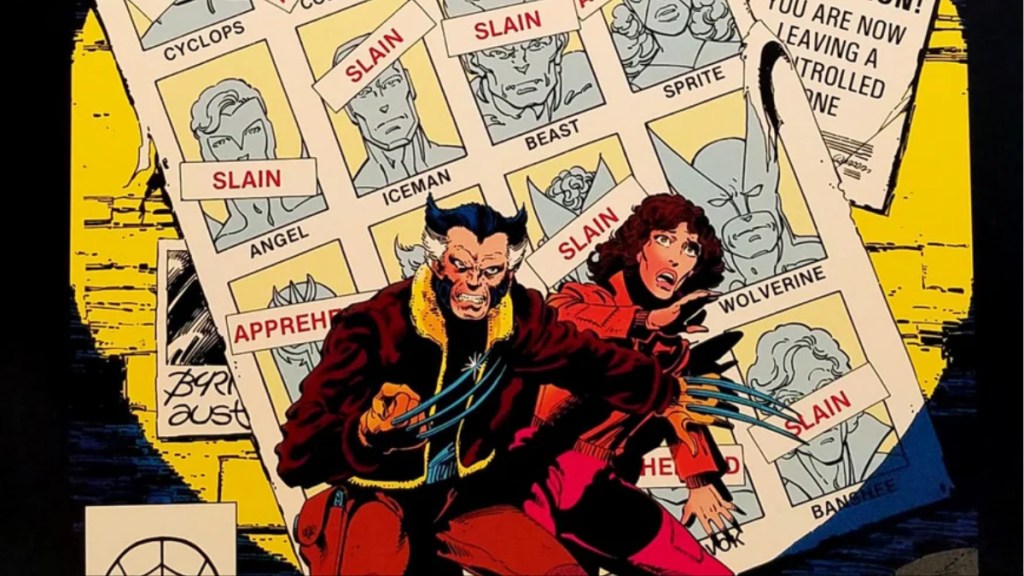
Claremont worked with some brilliant artists, but most X-Men fans agree that his time working with artist/co-plotter John Byrne shows off some of the best X-Men stories of all time. The two worked well together, and anyone who wants to see peak X-Men needs to read their stories. Days of Future Past represents one of their finest stories as a team, as fans of the X-Men movies know all too well. It takes place in a future where the Sentinels have conquered the Earth, killed most of the superhumans, and put humans into camps, all to keep control of the mutant population. The X-Men decide to make a two-pronged attack – try to destroy the Sentinel’s Master Mold while sending Kate Pryde back in time to stop the assassination that created their timeline.
Days of Future Past is a short story – spanning only two issues of Uncanny X-Men – but its one of the most important stories not only in X-Men history but in Marvel history. Every dark dystopian superhero future owes a debt gof ratitude to this story. Every page is brilliant, the perfect combination of art and prose. This is true art, something that MCU fans need to see. However, it can’t hold a candle to the next story, Claremont and Byrne’s finest hour together…
1. The Dark Phoenix Saga
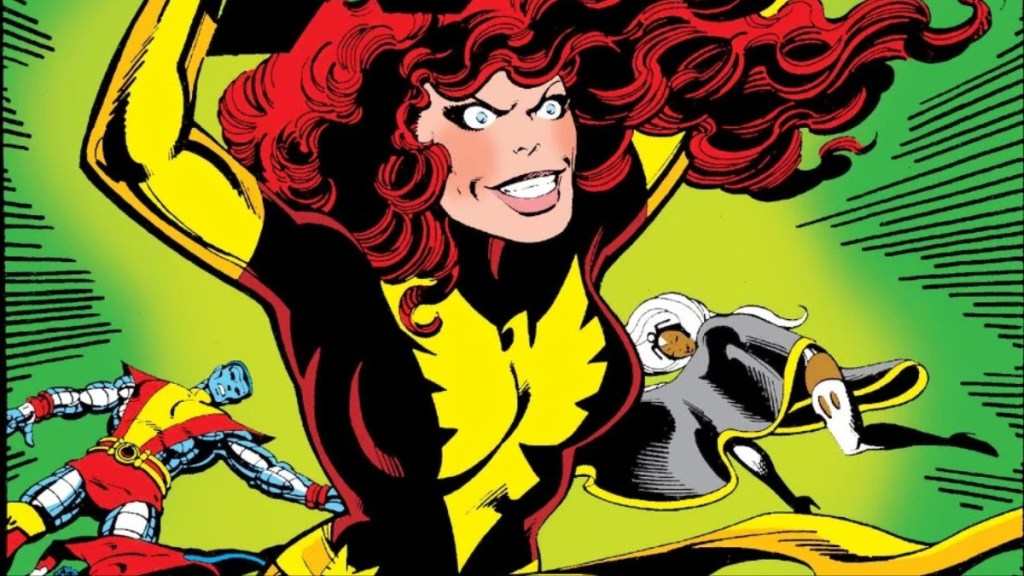
The Dark Phoenix Saga is widely considered the greatest X-Men story ever, but that’s selling it short. It’s the greatest Marvel story ever, a poetic piece of superhero pop art from Claremont and Byrne. It takes everything that Stan Lee and Jack Kirby set up for superheroes and takes it to the Nth degree. This is perfect Marvel, a story that revolves around the characters and their history while giving readers jaw-dropping action and drama. The Dark Phoenix Saga is truly that good, the perfect synthesis of a creative team as they craft a story that will stick with readers forever after.
The Dark Phoenix Saga revolves around a simple concept – power corrupts, absolute power corrupts absolutely. The fall of Jean Grey, exacerbated by the manipulations of the Inner Circle of the Hellfire Club, is rendered perfectly by Claremont and Byrne. Claremont has never met a piece of purple prose that he didn’t love, and this story sees him at his most elegiac, every caption inflaming reader’s minds while Byrne’s art gives their eyes a treat unlike any they’ve ever had. This ultimate Marvel story is what every MCU fans needs to experience. Few adaptations have ever done the story justice – fans who went back and watched X-Men: The Animated Series before X-Men ’97 have seen the only good one – which speaks to the kind of accomplishment that this story represents.



